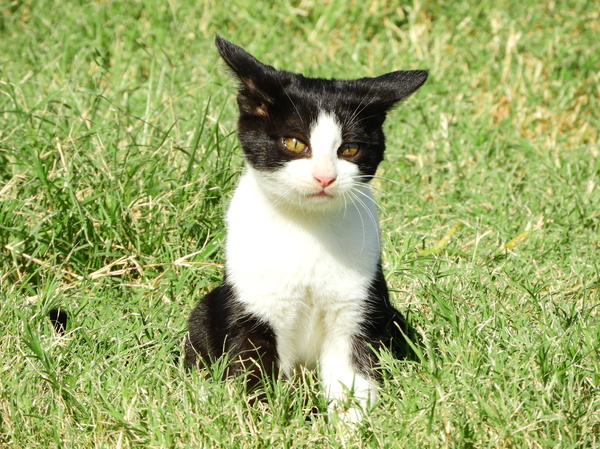Health Risks Connected With Traditional Clay Cat Litter
Health Risks Connected With Traditional Clay Cat Litter
Blog Article

Cat litter and litter boxes play an essential role in the lives of both cats and their owners. From the simple starts of sand and soil to the ingenious advancements of today, the world of cat litter has developed substantially. In this thorough guide, we explore every aspect of cat litter and litter boxes, exploring their history, types, benefits, challenges, and everything in between.
The history of cat litter dates back centuries, with ancient civilizations using sand, soil, and even ashes as primitive litter materials. However, it wasn't until the mid-20th century that modern-day cat litter as we understand it emerged. In 1947, Edward Lowe presented the world's very first business cat litter made from absorbent clay, changing the method felines relieved themselves inside. Given that then, cat litter has actually gone through many changes, with the intro of clumping litter, silica gel litter, naturally degradable choices, and more.
Today, cat owners are spoiled for choice when it pertains to picking the ideal litter for their feline buddies. Conventional clay litter remains popular for its affordability and effectiveness in soaking up smells. Clumping litter, which forms strong clumps when wet, simplifies cleaning and upkeep. Silica gel litter, composed of highly absorbent silica crystals, offers remarkable smell control and longevity. Biodegradable options, such as recycled paper, wood pellets, corn, and wheat, interest ecologically conscious consumers.
Each kind of cat litter provides unique advantages. Clay litter stands out in its capability to absorb wetness and control smells, making it a trustworthy option for many feline owners. Clumping litter streamlines everyday scooping and extends cat litter mat the time in between total litter changes. Silica gel litter provides extraordinary odor control and can last longer between replacements. Eco-friendly litters provide a sustainable option that lessens environmental effect.
While cat litter improves indoor feline hygiene, it is not without its obstacles. Dust from clay litter can present respiratory threats for both cats and human beings, triggering the popularity of dust-free options. Some cats might develop litter box hostility due to problems with texture, scent, or tidiness, necessitating experimentation with various litters and box configurations. Multi-cat families may need strategic litter box positioning and frequent upkeep to prevent territorial disagreements and guarantee all felines have access to tidy facilities.
Picking the suitable litter box is essential for promoting positive litter box habits and general feline wellness. Elements to think about include size, availability, and design choices. Covered litter boxes provide personal privacy and help cat litter include smells, but some felines may find them restricting or intimidating. Open-top litter boxes use easy access and presence but might lead to more litter scatter. Automatic self-cleaning litter boxes improve maintenance however need regular tracking and maintenance.
Appropriate litter box upkeep is crucial for guaranteeing a tidy and inviting environment for both cats and their owners. Daily scooping gets rid of waste quickly, decreasing odor and dissuading litter box aversion. Regular litter replacement, normally every 1-2 weeks, prevents bacterial buildup and preserves optimum absorbency. Comprehensive cleansing with moderate detergent and water, avoiding extreme chemicals that may prevent felines from using the box, must be carried out monthly.
Cat litter and litter boxes play a main role in promoting a healthy and unified relationship in between cats and their human buddies. With a diverse selection of litter choices and litter box styles available, cat owners have cat litter robot the versatility to customize their options to suit their cats' preferences and home requirements. By understanding the advancement, types, advantages, and obstacles of cat litter and litter boxes, pet owners can offer their feline good friends with a comfortable and hygienic indoor environment.